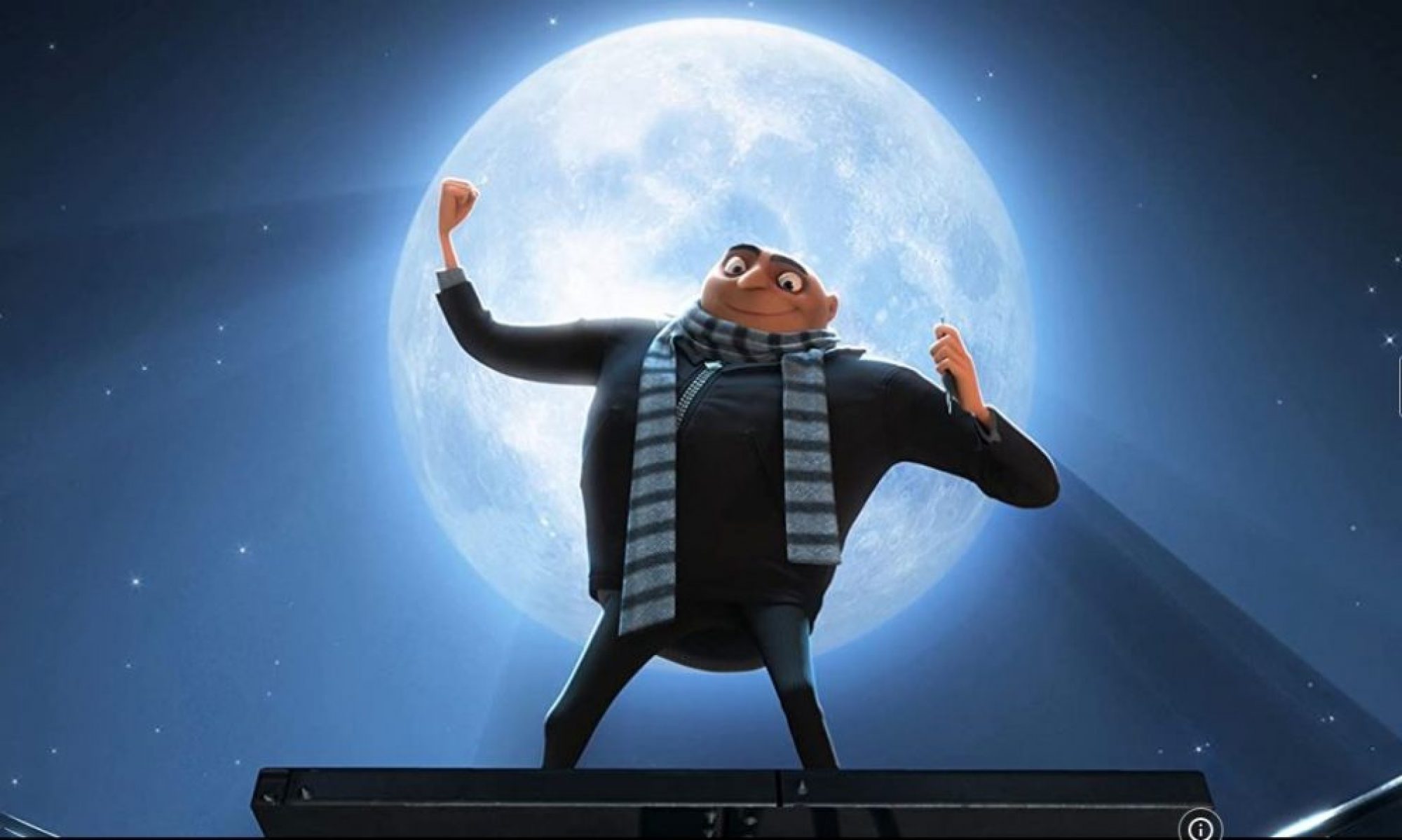As I said before, this unit will have sessions with some industry experts that will teach us throughout this term, this week’s was KK Yeung, a lighting artist that made a video tutorial using Maya and NukeX.
This exercise had to be done in vmware as KK prepared the project for us there, I admit I tried to do things accordingly to be able to do in my machine, but we had to change the path of the images from the nuke file and I wasn’t able to change it for my machine as I never worked with nuke, this was the first time.
It is an interesting software and it is super usefull as it is so versatil, can be used for VFX and composing, as well as matching color values. It reminds me of houdini as it works with nodes and the interface is quite similar. Although i really like houdini node design and in my opinion is more user friendly than nuke.

The first step was to change the source images to the correct path, as the file had an error and the images weren’t loaded. After that we had to prepare the HDRI and match the pixel value of a targeted area (we choose the cabinet) to the other sources. For this we used 2 nodes, exposure and multiply (math) to match them in 3 maps, north node, south node and flurosent light. As north node is the upper part of the HDRI, south node is the bottom part and the florosent light is for the main light source of the image as it is burned and when matching the values it was set to a specific value that will not change above that and will never be too burnt.
Before exporting the maps, we did a sanity check which is used to see if the information of the light we changed is acceptable to export, in this case we did lose some data but not enough to be perceptible, as we had to increase the f value almost 1000 to see the data loss. So now is time to export the maps to maya, to set up the light rig.
On maya, we already had the project set and KK made a shelf with some tools that we are going to use in these sessions. The first thing was to align the chrome sphere refletion to the reference image by rotating Y and X axis, after this we unhide the cg characters to see if the light matches, for this we had a second cg sphere that made it possible to see how the light would affect the characters.

On hypershade we were able to see how the chrome and cg spheres were set up and then KK showed us a way to prepare the render, just with the characters, either through the outliner by changing the visibility of the projections and through the script editor where, before changing the visibility of the things in outliner we clean the comand window and after changing visibility of the background images we could copy the comands on script editor and copy them to the MEL tab. This is usefull when we want to make quick changes, the script editor is much more efficient.
